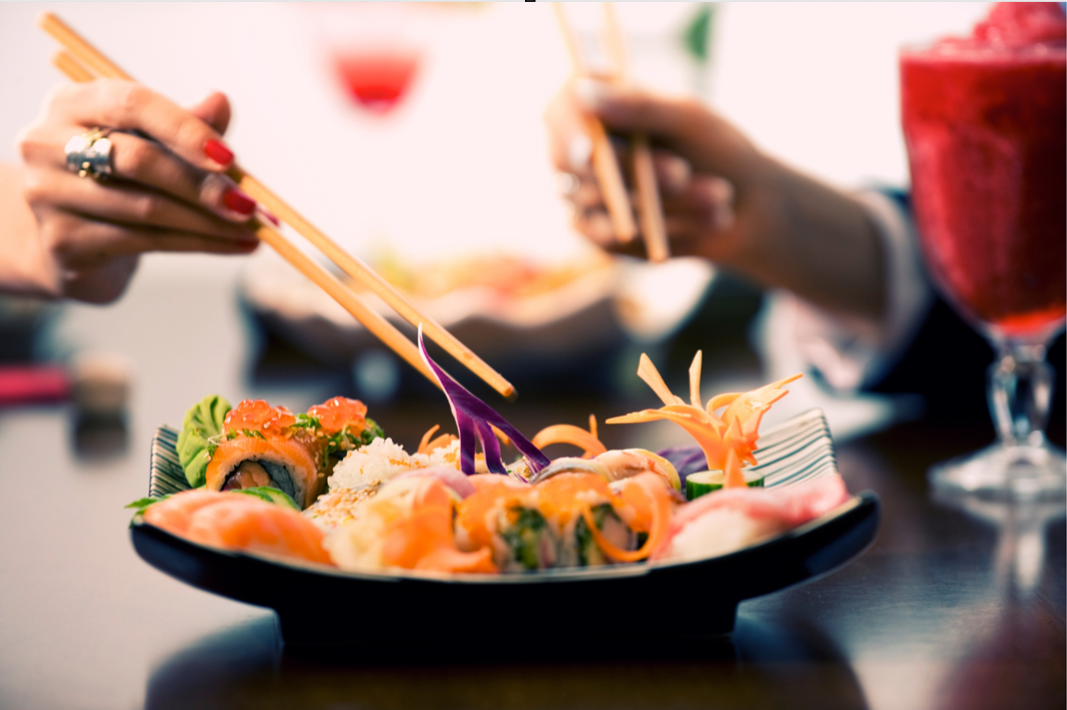Sushi has transformed from an ancient food preservation technique to an iconic global culinary phenomenon over the course of its long and distinguished history. Now more than ever before, sushi serves as a status symbol among sophisticated connoisseurs worldwide.
Hanaya Yohei made a revolution in sushi when he popularized the idea of placing pieces of fish over seasoned rice as Nigiri sushi. This style has since become widely-accepted.
The Origins of Sushi
People typically associate sushi with raw fish served on top of rice, but its history goes much deeper. At its origins, sushi was an fermented fish food which was preserved for months or even years before consumption – the word itself means “pickled fish”.
Nare-zushi was the original form of sushi, consisting of raw fish placed atop fermented rice that had been preserved with salt and vinegar to prolong its freshness during the Muromachi period. Later on however, people began taking to eating fresher versions that permitted for quicker consumption of their meals.
Vinegar processing first arrived in Japan during the 17th century, which marked a huge breakthrough for sushi. Chefs could quickly prepare fish in restaurants.
Sushi continued its evolution throughout the 19th and 20th centuries, eventually reaching international renown by the 20th century thanks to refrigeration technology that allowed fish to be shipped long distances while remaining fresh upon delivery at sushi restaurants. This led to innovative new forms of sushi such as California rolls or those which combine raw fish with cooked meats and vegetables into one delicious dish.
Nigiri
Sushi, commonly associated with raw fish, actually encompasses an array of both seafood and non-fish ingredients for preparation. Nigiri sushi – more commonly referred to as finger or Edomae sushi – is one of the most beloved forms of this Japanese delicacy; featuring small bite-sized portions of vinegared rice hand-formed into an oval or rectangular shape before topping with fresh fish such as salmon, tuna, yellowtail hamachi or eel pieces.
Nigiri differs from traditional sushi in that it does not feature seaweed wrappers; rice serves instead as the canvas, complementing the delicate flavors of its delicately-sliced fish and providing an ideal balance between subtle sweetness and umami richness. A drizzle of soy sauce, dot of wasabi or slice of pickled ginger can further heighten this experience and elevate its impact on one’s palate.
Nigiri sushi remains one of the more familiar forms of sushi worldwide; however, due to the rapid expansion of the sushi industry more people are becoming familiar with its unique culinary culture and becoming more comfortable ordering it at grocery stores or fast-food chains.
Hayazushi
When most of us think of sushi, our first thoughts might turn towards nigiri sushi from an expensive sushi restaurant. Yet this type of sushi is only one among many that have evolved throughout history; its modern form was created during Edo period Japan.
Before the modern-day version, people would ferment and discard rice to make what was then called “narezushi,” unlike today’s sushi which contains vinegar.
Hanaya Yohei revolutionized sushi making during the early 1800s when he introduced an approach that involved eating both the fish and rice together, by shaping his rice into oval shapes before placing pieces of fish on top. This innovation gave rise to all other forms of sushi we know today.
After World War II, Japan underwent another significant shift as Western food became widely consumed and opened up. Sushi soon became not only delicious food but also an image of sophistication – becoming a key element in Tokyo society and still valued today. Nigiri sushi also achieved prominence at this time – becoming the go-to sushi choice at restaurants and special occasions alike.
Conveyor Belt Sushi
Conveyor belt sushi, more commonly referred to as kaiten-zushi, has helped spread sushi across a wider international audience. This restaurant style features dishes that travel around on an ever-rotating conveyor belt so customers can serve themselves and was invented by Yoshiaki Shiraishi who was inspired by beer bottle conveyor belts at Asahi brewery; his Genroku Sushi chain had reached 240 locations at its height in Japan.
Now with conveyor belt sushi, chefs were freed up to concentrate more on creating quality sushi instead of interacting with patrons and taking orders, leading to lower prices and expanding the sushi market to reach even more consumers. Furthermore, labor costs were reduced significantly while this system allowed sushi chefs to experiment with new dishes to differentiate their menu and reach wider customer bases.
Since its conception, conveyor belt sushi has undergone many transformations. Notable innovations include sushi tacos which combine sushi rice and sashimi into crisp taco shells; makizushi rolls which use seaweed to wrap fish and vegetables into cylindrical rolls; digital menus which enable customers to place orders directly from their tables through touch panel screens; digital menus used as touch panels at some restaurants allowing customers to order from digital menus; some restaurants even employ digital menus and touch panel screens; for an authentic conveyor belt experience, ensure you avoid touching plates multiple times; only put plates back onto the belt when ready.

